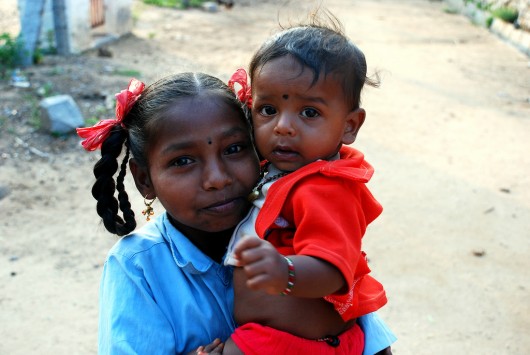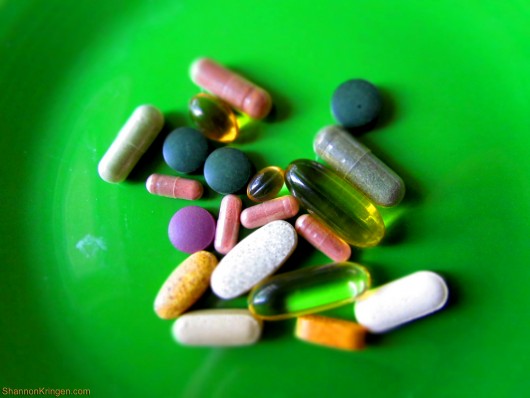
Premature births are a very real scare for mothers in developed countries like the U.S., but in developing countries, they can mean almost certain death. Worldwide, premature birth is the leading cause of death for children under five years of age. Despite advances in technology that have made tremendous strides in improving health outcomes for babies born earlier than 37 weeks, in developing countries, where women may be at a higher risk for giving birth prematurely, this technology is generally widely unavailable due to high prices and lack of access to adequate healthcare. Nursery of the Future is working affordable alternatives to those who need it most.
The Birth of Nursery of the Future
A bioengineering professor at Rice University in Texas, Rebecca Richards-Kortum, consistently saw this problem and wanted to do something about it. Along with colleagues and students, Richards-Kortum has begun to develop “the Nursery of the Future.” The team has developed prototypes of alternatives to high tech, and high cost medical machinery that is common across the U.S., for use in more underdeveloped areas around the world.
One such example of a low cost alternative is a belly band. One common problem in preemies is neurological underdevelopment that can cause the baby to stop breathing. In hospitals across the countries, monitors alert nurses if a baby stops breathing and the nurse then stimulates the baby somehow to remind them to breathe. In developing countries, these monitors are often too expensive to be used and often times infants die before a nurse notices. The belly band developed by Richards-Kortum and Maria Oden, a colleague, was designed with a tiny motor attached to it that detects when a baby’s air intake is low, or they stop breathing, and vibrates to remind the baby to breathe.
The belly band is just one step towards the development of a whole “Nursery of the Future” kit. Richards-Kortum and the team hope to make the Nursery available for under $10,000 and widely accessible for community hospitals. The belly band has been tested in Texas and is approaching its first international trial in Malawi in the near future. The Nursery of the Future is a huge step in the global fight against child mortality and overall accessibility and affordability of medical devices. Innovations made in the Nursery Kit for preemies hold promise for innovations in other medical technologies that could improve access to essential medical devices around the world.
– Emma Dowd
Sources: Houston Chronicle, TED Talks









